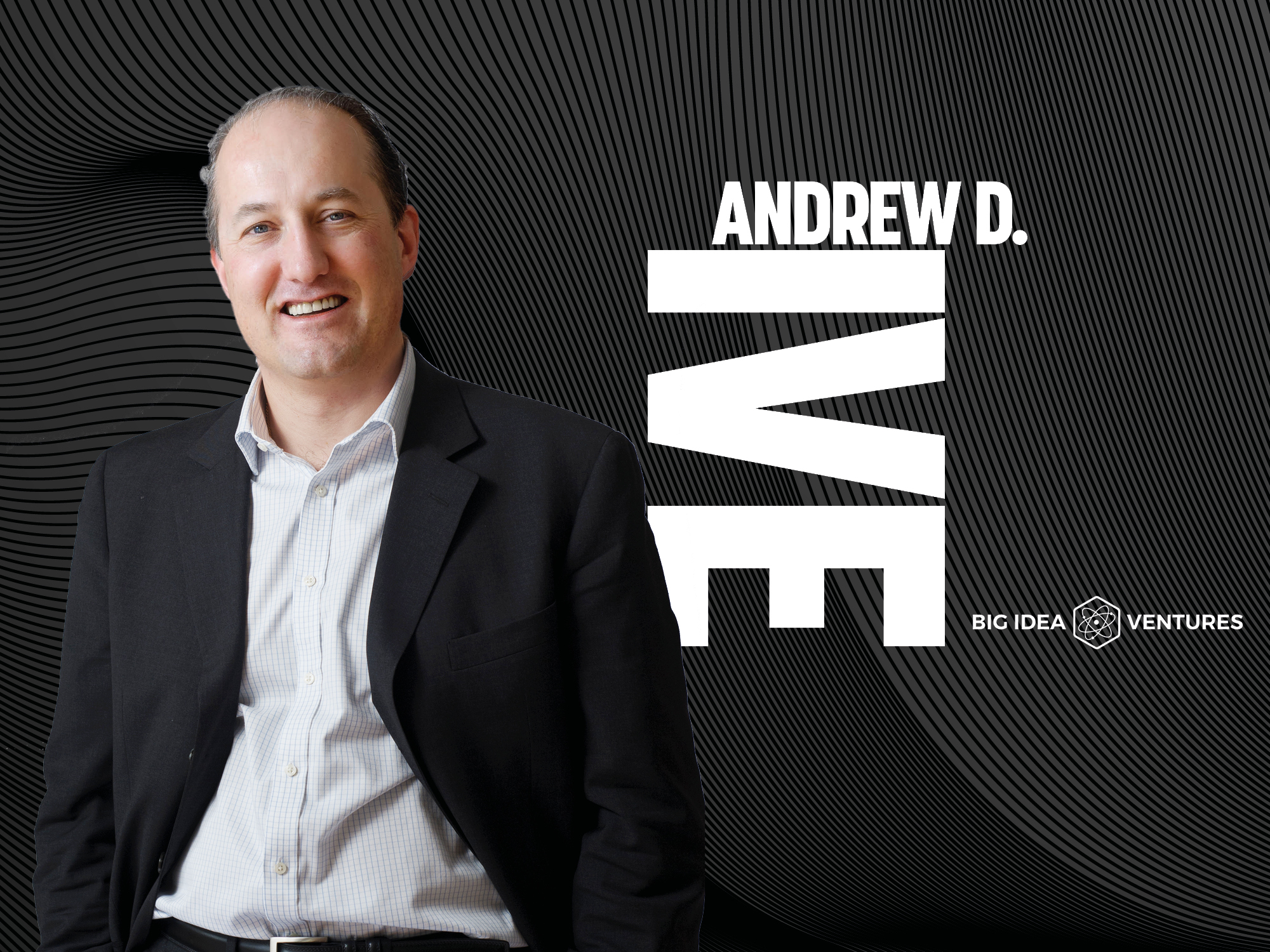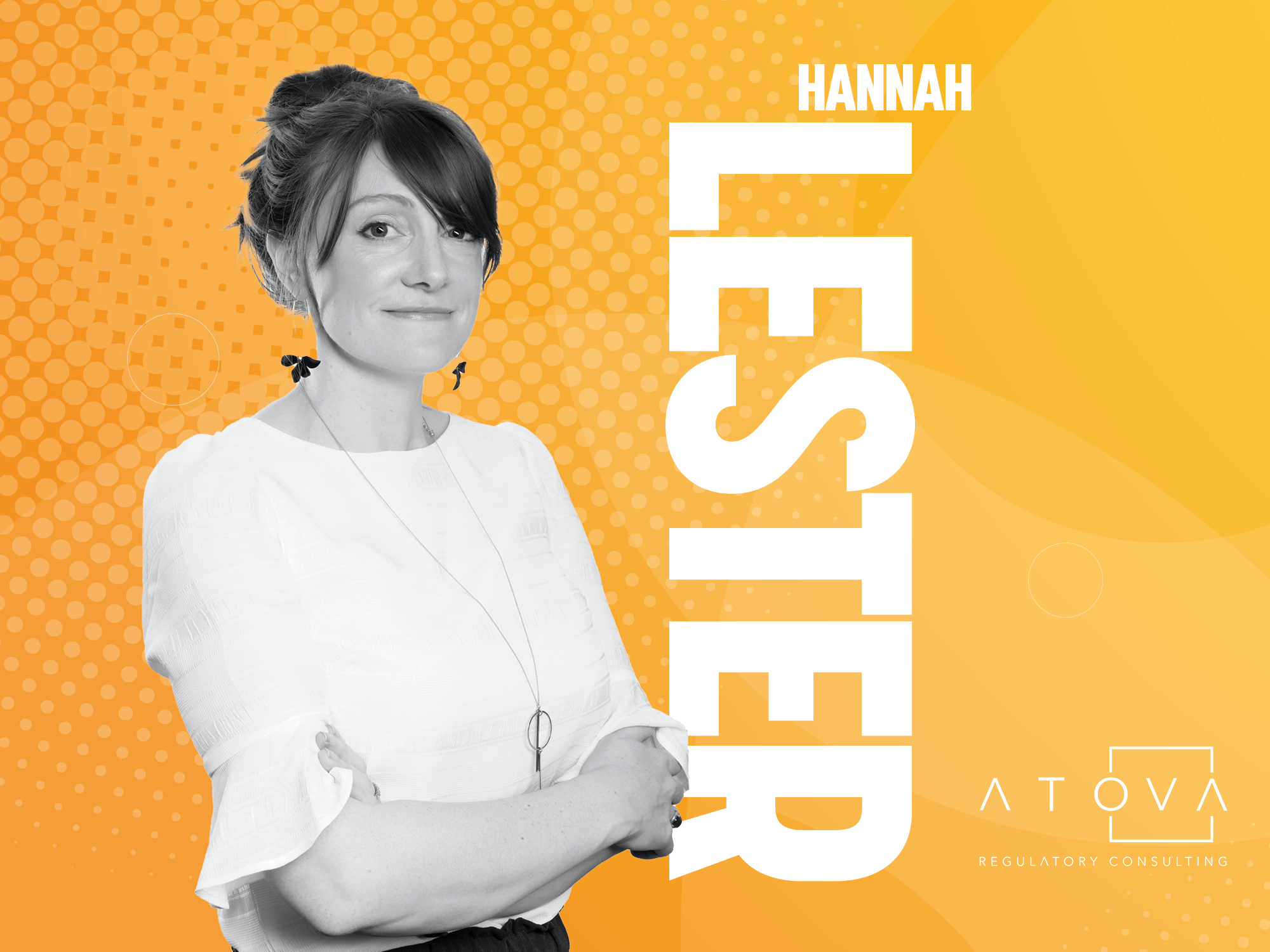

Creating a new protein sector: Part I
In an effort to reduce the naysayers, I’d like to say I don’t have a blueprint that will guide us in creating a new food sector; I imagine very few do. Yet like it or not, we are at an inflection point that few generations have had: the ability to build a new food sector. Today, technology exists which allows us to create protein in new ways.
Instead of raising billions of animals for protein – which requires a lot of land, water, feed, and antibiotics – our brightest minds have found new ways to grow those same cells. Cultivated meat is genuine animal meat and seafood produced by cultivating animal cells directly. Entrepreneurs and scientists are working around the world right now to create and ultimately solve the challenges to the production of cultivated protein at scale.
The naysayers are quick to crow that cultivated meat is not yet commercially viable. But we shouldn’t forget the traditional meat industry began the large-scale growing of animals in the 1920s. Our traditional protein production methods have a 100-year headstart on cultivated protein production.
Despite being a new sector, I’ve begun to notice the cultivated sector’s different phases of innovation and development.
In Phase 1, innovators were focused on proving that different cells could be grown.Across that first stage, we were backing companies growing beef, chicken, fish cells in a lab environment. They were the proof of concept (POC) across different cell lines.
Product development experts know transitioning from a POC to a successful, large-scale product is complex and demanding. In this case, we’re not dealing with the complexity of scaling a single product but a whole sector.
The new protein sector is arguably less than a few decades’ old. Willem van Eelen, renowned for his development of in vitro meat, developed the concept in 1980. Another Dutchman, Mark Post, a pharmacologist, was the first to present a POC in 2013. The cultivated meat sector was at its earliest stage – first POC – just a decade ago!
Despite the criticism, it is important for us to be transparent about these challenges. What we are doing is hard; it’s allowed to be. Anything worth doing is usually hard
Since 2013, teams in different places around the world have been proving protein could be grown. And in the past five years, I’ve seen a noticeable shift in the areas the next group of innovators have begun to focus.
Phase 2 has all been about enabling technologies to break down barriers to scale. To create a successful cultivated meat industry, we must produce large amounts of meat at a cost that is economically viable for continuous consumption. To move from POC to true scale, we need to cross a number of chasms.
Inputs: Each of the components required to create cultivated meat at scale. The truth is we haven’t done this at scale before.
Equipment: Cultivated meat can be produced in labs. Large-scale production will need new equipment and techniques, which may not exist today. There are companies such as Bühler working to understand the equipment needs of this sector.
Production: Meat production facilities are a ‘disassembly’ process; animal in one end, animal parts out the other. Cultivated is a ‘growing’ process, the opposite of how we produce meat today. The cultivated meat production facilities to contribute to our protein needs have not yet been designed.
Phase 3 focuses on the production infrastructure and equipment. As the cultivated sector is just at the beginning – so is this article. To create a new protein sector will take many people, universities, governments, corporations, and more. It is worth the effort to ensure food security at the global, national, and local levels, for the sake of a liveable and vibrant planet for future generations.
I believe the cultivated sector will be successful as it is one of the few ways that we can sustainably scale protein production. To promote the growth of the sector, we need to solve the challenges and make large-scale production of cultivated protein commercially viable. Despite the criticism, it is important for us to be transparent about these challenges. What we are doing is hard; it’s allowed to be. Anything worth doing is usually hard.
The founders working on these challenges should receive support. They, in turn, should support their employees, investors, and everyone involved by being transparent about their progress in creating the new protein sector. Together, we will create the new protein sector, and be better for it.
Andrew D. Ive is the Founder/Managing General Partner, at Big Idea Ventures. He is an advisory board member for Tufts Nutrition Council, is a Friedman School Entrepreneurship advisor, Harvard Business School graduate, Procter & Gamble brand management trained, and has spent a number of years as an entrepreneur growing companies. This article is republished from the October/November 2023 edition of Protein Production Technology International, the industry's leading resource for alternative proteins. To subscribe to all future editions, please click here
If you have any questions or would like to get in touch with us, please email info@futureofproteinproduction.com
More Opinion

Trade secrets: when, how and why to use them

The criticality of conducting LCAs

Protecting IP on a budget

Will the UK become the new Singapore?









